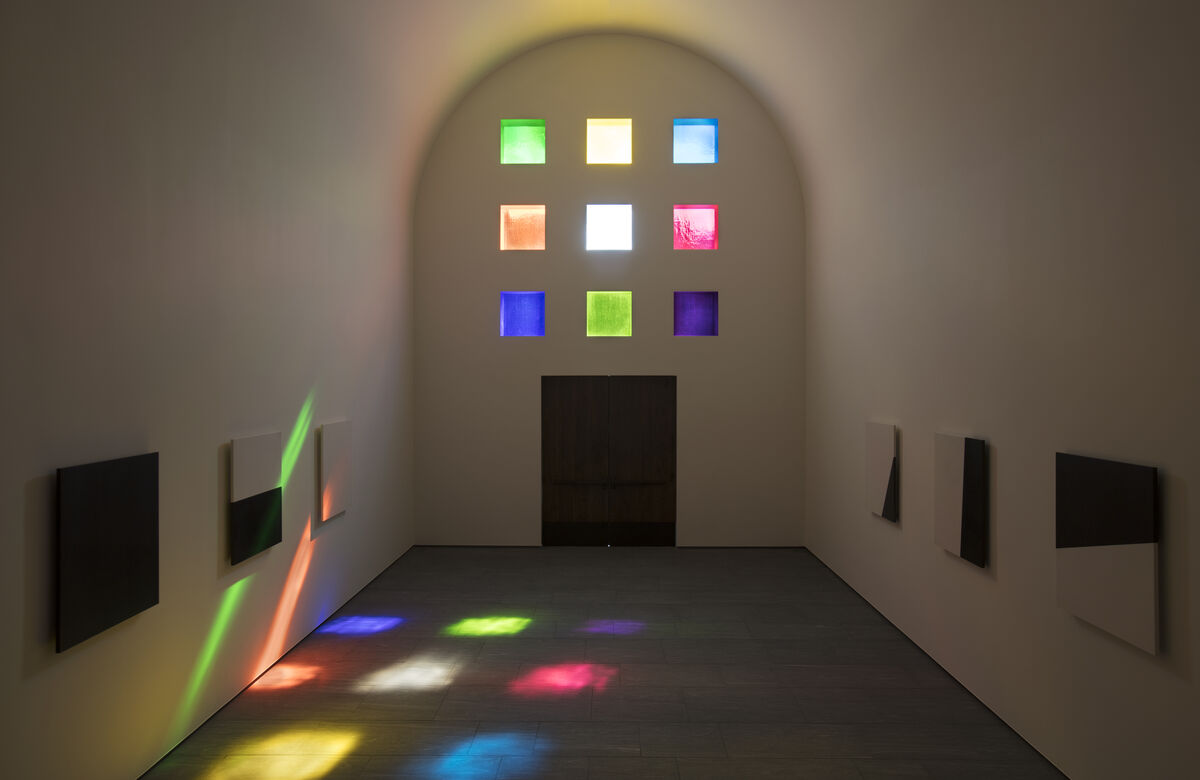My brother and I weren’t sure what we were in line for. It was a Sunday morning in mid-October and we stood outside a former bowling alley, miles from the art galleries along Santa Fe’s Canyon Road.
The sun was hot, and the line moved slowly. Above us, in yellow, pink, blue, and green, the sign read ‘
MEOW WOLF.’ What that meant—and what we were doing here—was still a mystery.
According to Caity Kennedy, one of Meow Wolf’s several art directors and co-founders, we were in an enviable position. She prefers people not know what they’re walking into. Early on, people would come up to Kennedy and say, “My friend told me to come here, but I have no idea what it is.” She would reply: “Well, you’re here, so how about I not tell you? Because I won’t be able to explain it anyway, and the less you know, the better.”
If she’s pressed—by me, for instance—she’ll say that Meow Wolf is a Santa Fe-based collective of more than 70 artists that creates “‘massive, immersive, multimedia installations.” Since that doesn’t help most people, she’ll often start listing things the installations are sort of like: “‘A haunted house... choose your own adventure... dreamscape... playground…’ the list sort of morphs depending on who I’m talking to.”
The group’s latest work, The House of Eternal Return, similarly defies description. Vince Kadlubek, another of Meow Wolf’s co-founders, has called it a work of “immersive storytelling,” a “psychedelic indoor park,” and “Myst meets Peewee’s Playhouse.”
Though none of these descriptions quite captures the artwork’s hallucinatory weirdness, each contains a trace of truth. Massive? Check: The installation spans 39,000 square feet, all of it built inside the former Silva Lanes bowling alley, purchased in 2015 by Game of Thrones author and Santa Fe resident George R. R. Martin. (Martin paid for basic tenant improvements, then turned the building over to Meow Wolf, charging a well-below-market rent.)
Immersive? Completely. Once visitors get past the ticket counter (admission is $20, $14 for kids), they walk through a door and find themselves standing before a giant Victorian house, built to scale and fully furnished: bowls in the cupboard, blankets on the beds, and, throughout the house, the ephemera of the fictional family who owns it, the Seligs.





